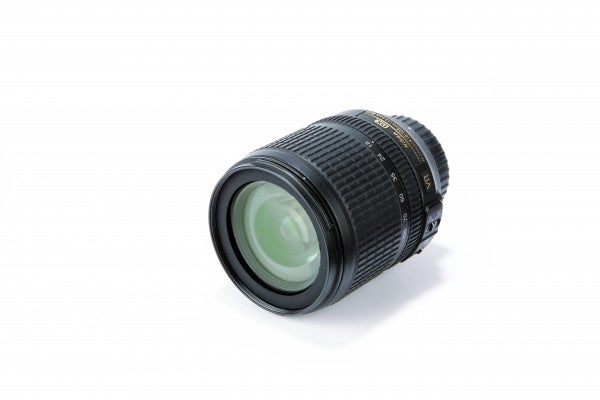The Nikon 18-105mm f/3.5-5.6G ED-IF VR AF-S DX is not only very versatile but also affordable
Nikon AF-S DX 18-105mm f/3.5-5.6G ED-IF VR Review
The lens barrel is dominated by a wide zoom collar that occupies more than half of its length and offers just the right amount of resistance. There is a narrow manual-focussing collar to the rear and a pair of sliders that select the focussing mode and switch the vibration control system on/off. The petal-type lens hood partially obstructs the zoom ring when reversed for storage but it is still possible to use the lens to snatch an unexpected picture if necessary.
Being a DX-format (APS-C) lens the maximum angle-of-view on offer is less expansive than the 18mm wide-angle figure suggests. In terms of full-frame coverage, the 18-105mm zoom range equates to 27-157mm, which may sound less notable but probably meets an even wider variety of common needs.
The f/3.5-5.6 maximum aperture is more limiting, however. Nikon counters this through the incorporation of vibration reduction technology but this only aids low-light use: it does not help in terms of recreating the out-of-focus backgrounds that a wider maximum aperture would have delivered.
Automatic focussing is quick (but not blisteringly fast) and very quiet thanks to the use of Nikon’s Silent Wave Motor technology, which is a remarkable inclusion in such an inexpensive lens. The manual-focussing ring remains stationary in AF mode but can be used at any time to provide manual adjustments. It is necessary to shift grip in order to reach the MF collar but this is an easy manoeuvre and the lens remains well balanced even when the lens is fully extended.
Beneath the skin there is an ED (Extra-low Dispersion) element and another element with an aspherical profile to help reduce chromatic and spherical aberrations. Sadly, a significant amount of chromatic aberration remains, especially at the shortest focal-length settings.
There is a trace of barrel distortion at the wide-angle end of the zoom range, changing to pincushion distortion at medium and longer focal-lengths, but these are minor effects that will only mar particularly demanding subjects.
Technical testing revealed a very strong set of MTF curves that remained at or well above the critical 0.25 cycles-per-pixel threshold down to f/22. Smaller apertures are provided and result in lower MTF figures but these settings would be used only rarely and ought to be avoided by choice whenever possible.
In the field, this proved to be a capable and easy-to-use lens that mastered a variety of subjects, including; close-range sport, portraits and general scenic use. Colour fringes could sometimes be detected but only to a very slight extent and only upon close examination.





